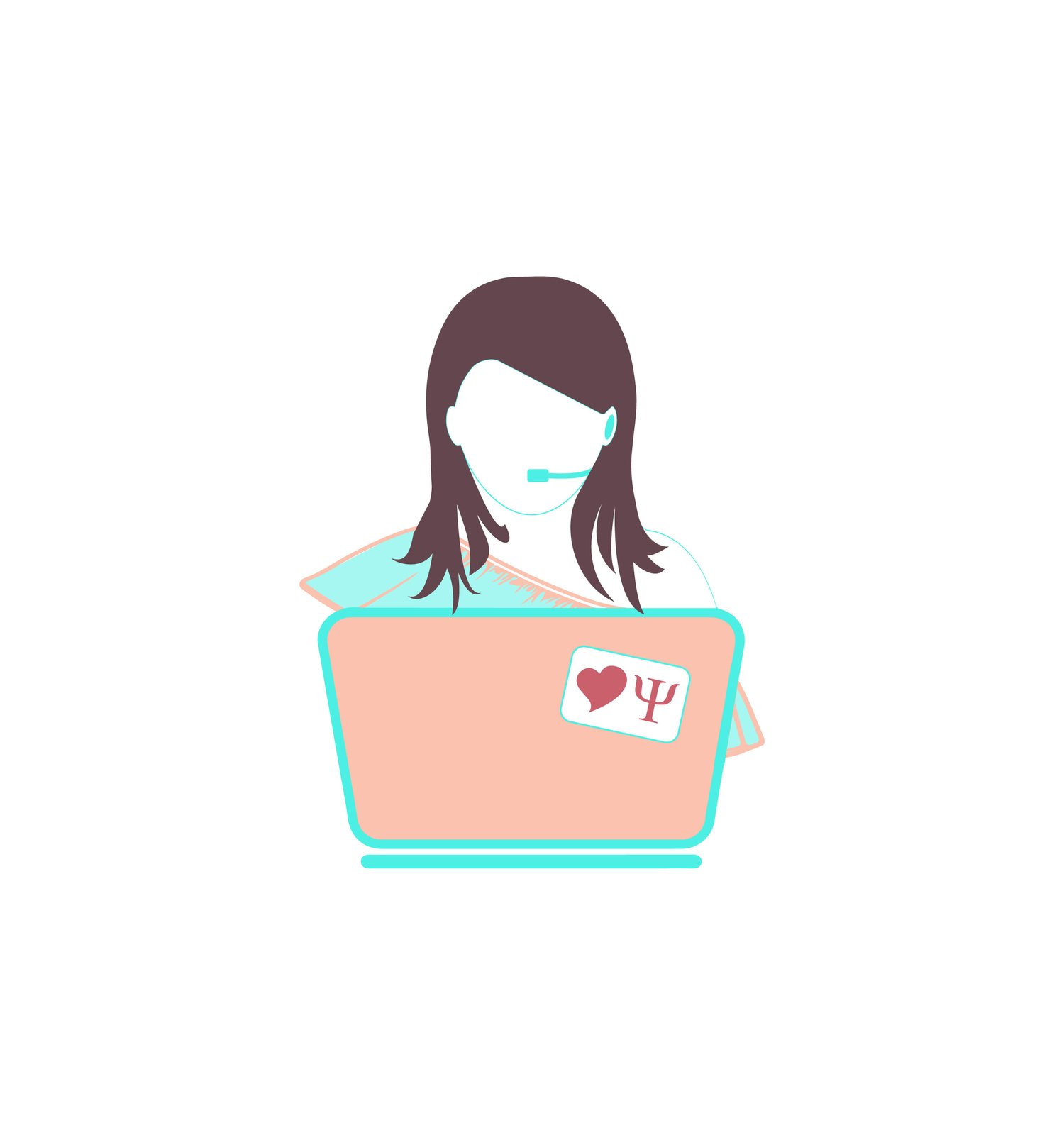Mastering Email Etiquette: How to Email Like a Boss
In the fast-paced world of business, effective communication is key, and email is a primary tool for professional correspondence. However, not everyone realizes the impact that email etiquette can have on their professional image. In this blog, we'll explore some essential tips on how to email like a boss, using examples that showcase the power of thoughtful and strategic communication.
Subject Line Mastery: Your email subject line is the first impression you make, so make it count. Instead of vague subjects like "Update" or "Question," be specific and concise. For example:
Weak: "Follow-up"
Strong: "Follow-up on Project X: Action Required by Friday"
Greet with Precision: Address the recipient appropriately based on your relationship with them. If you're formal, use titles like "Dear Mr. Smith." If you're on a first-name basis, a simple "Hello John," will suffice. Avoid generic greetings like "To Whom It May Concern." For instance:
Weak: "Hello"
Strong: "Hello Ms. Rodriguez,"
Expressing Gratitude Instead of Apologies: When faced with a delay or inconvenience, express gratitude rather than over-apologizing. For instance:
Weak: "Sorry for the delay in my response."
Strong: "Thank you for your patience. I appreciate your understanding as I worked through the details."
Timely Responses: Respond promptly to emails, even if it's just to acknowledge receipt and inform the sender when they can expect a detailed response. For example:
Weak: "Just checking in to see if you got my email."
Strong: "Thank you for your email. I'll review the information and provide a detailed response by end of day Friday."
Clarify Expectations: Be clear about your expectations and timelines. Instead of vague follow-up emails, ask for specifics. For instance:
Weak: "Just checking in on the project."
Strong: "When can I expect an update on the status of the project? I aim to align our timelines and ensure a smooth workflow."
Clear and Concise Language: Avoid unnecessary jargon and get straight to the point. Respect your recipient's time by keeping your emails concise and easy to understand. For example:
Weak: "I was wondering if, perhaps, we could possibly schedule a meeting to discuss the proposal?"
Strong: "Are you available to meet on Friday at 3 pm to discuss the proposal?"
Professional Signatures: Conclude your emails with a professional signature that includes your full name, position, and contact information. This adds a touch of formality and makes it easy for recipients to get in touch with you.
Mastering email etiquette is an essential skill for professional success. By crafting emails that are clear, concise, and considerate, you can enhance your professional image and build strong relationships. Remember, it's not just about what you say, but how you say it that makes you a boss in the world of email communication.




